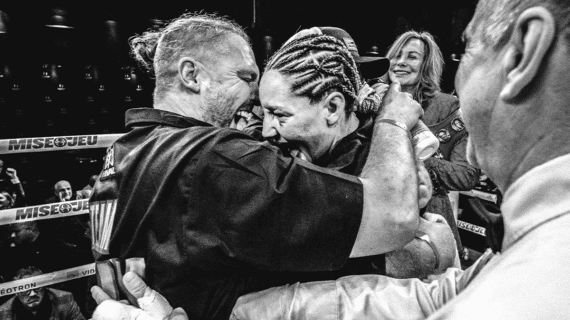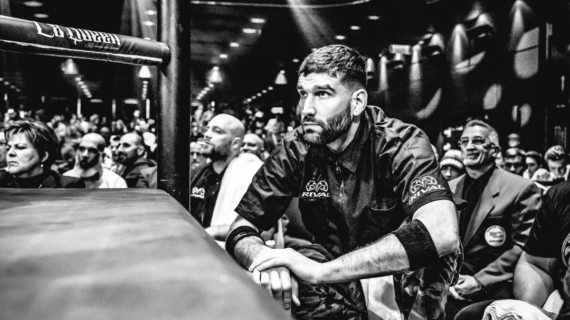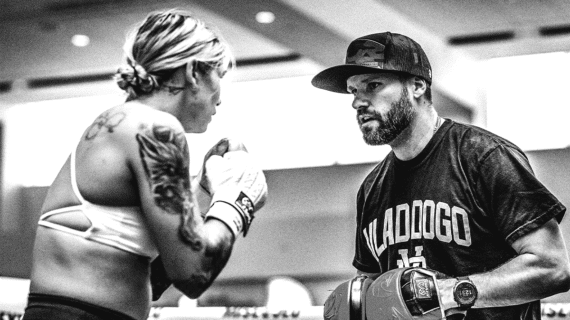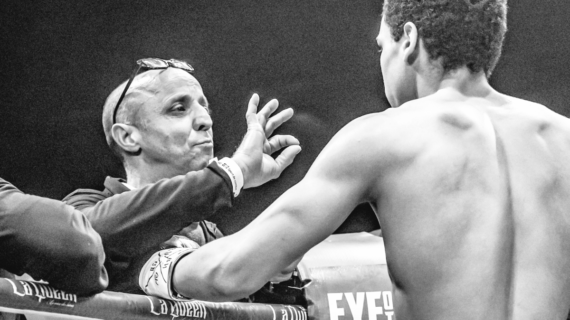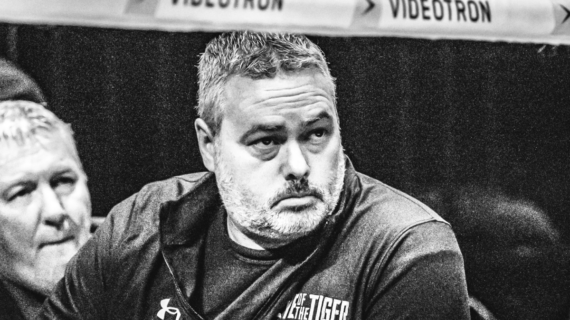We often see spy movies where a hero has less than a minute to save the world by defusing a nuclear bomb capable of wiping out half the planet…
Suspense, pressure, cold sweat… Well, believe it or not, boxing also has its own superheroes—those who work as discreetly as possible with a mission that’s simple, yet crucial: saving fights… and sometimes, even careers.
These silent heroes are the cutmen.
I’ve had the privilege of working as a cutman in boxing and mixed martial arts for several years now, and I can tell you that this role—though invisible to many spectators—is a vital link in the chain. And just like in the movies, we often have less than a minute to change everything.
In the corner, every second counts
The work of a cutman begins in the locker room, but it’s in the heat of the action that it truly comes alive. Between rounds, we step in to treat cuts, reduce swelling, stop bleeding, apply Vaseline, and make sure the fighter can go back out in the best condition possible. We don’t give tactical instructions—that’s someone else’s job. We keep the machine running.
What few people realize is that all of this happens in under a minute—often just 20 to 30 real seconds—after the coach has finished talking and the fighter has caught their breath.
In that tiny window of time, organization and communication are everything. Everything must be in place, every move must be precise, and coordination with the rest of the corner team must be seamless. There’s no room for improvisation.
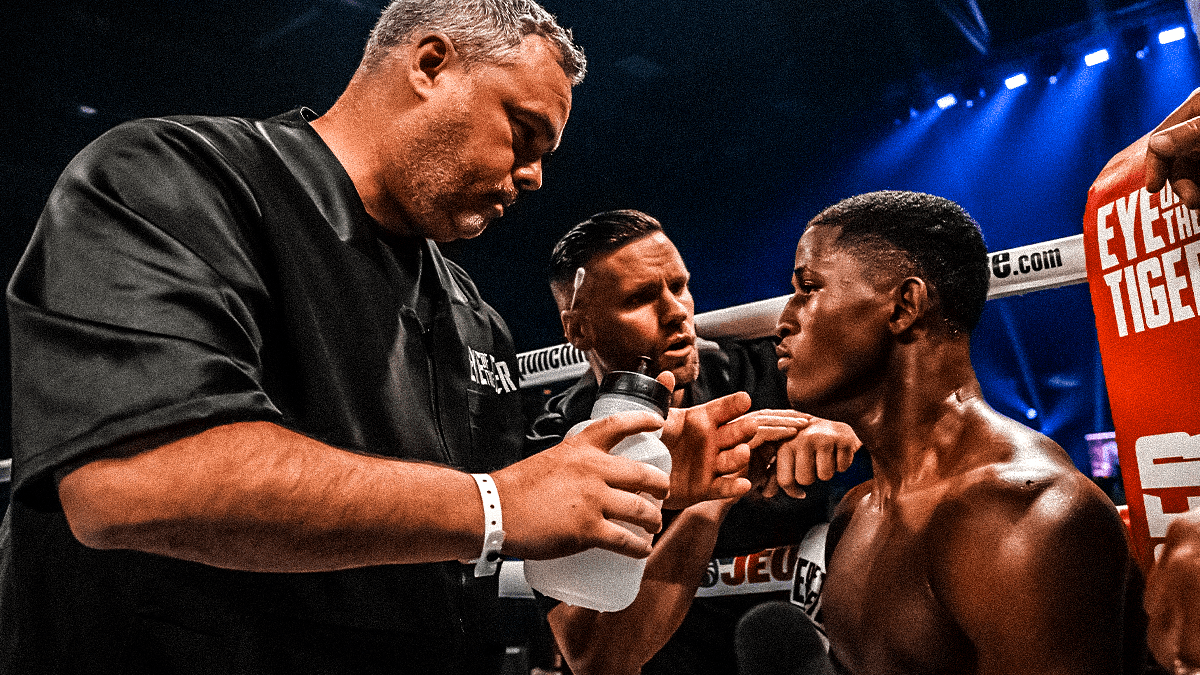
Photo: Vincent Ethier – Marc Ramsay, Samuel Décarie-Drolet and Jhon Orobio
What makes a true cutman
A good cutman doesn’t stand out. He’s fast, calm, and efficient. He knows the rules of the different athletic commissions, chooses the right tools, anticipates how the body will react, and reads faces like an ER doctor reads X-rays.
But beyond the technical skills, what really makes the difference is composure. When a fighter comes back to the corner with a split eyebrow, a swollen eye, or a broken nose, it’s the cutman’s job to keep the fight alive—without panic, without wasting a second. A good cutman may even help the corner make a crucial decision: “Should we stop the fight, or can it continue?”
Tribute to those who paved the way
Some individuals have left a permanent mark on our profession. There are a handful of them… but to name just a few: Chuck Bodak (Ali, Chavez, De La Hoya, Holyfield, Hearns, Vargas, etc.) was as much a character as a fearsome technician, known for his unique style and face full of stickers. Al Gavin (Lewis, Gatti, Forrest, Klitschko, etc.) stood out for his calm demeanor and ability to anticipate. Jacob “Stitch” Duran (Klitschko, Ward, Fury, and many in the UFC as well) became a legend in both boxing and MMA, and is widely respected in the industry. Here in Canada, Russ Anber (Usyk, Lomachenko, Pascal, Beterbiev, Jack, Smith, etc.) is a global reference. He’s worked the corners of the biggest names with consistency and inspiring professionalism.
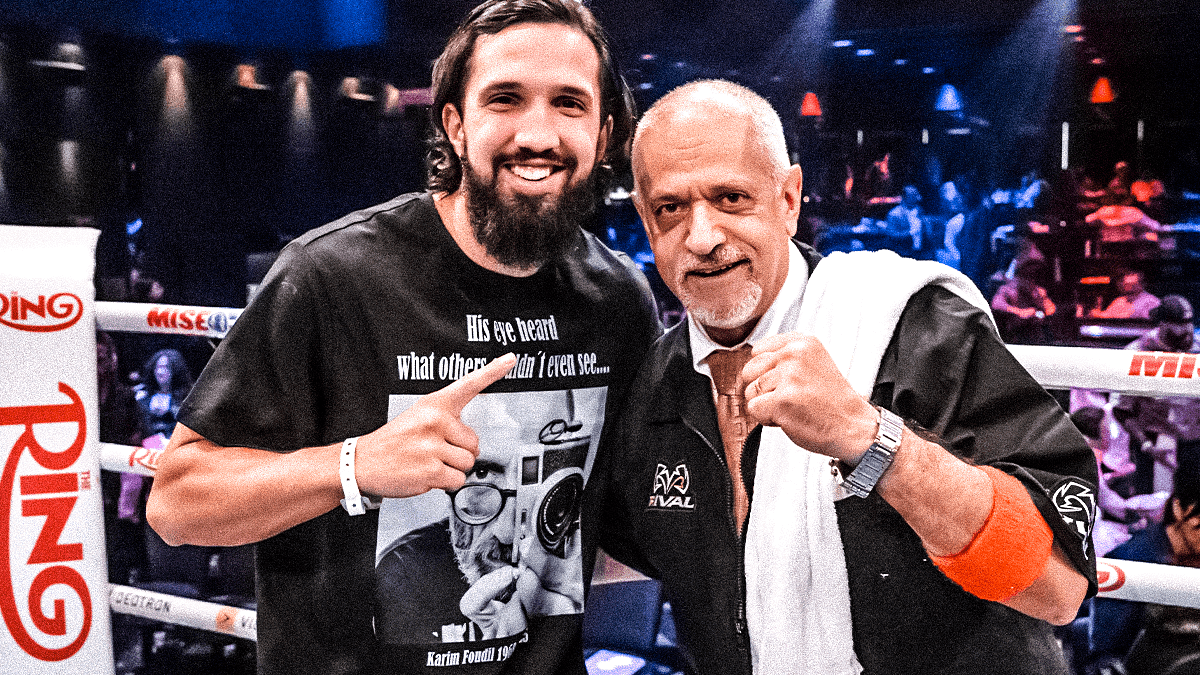
Photo: Vincent Ethier – Jacobo Crismatt and Russ Anber
The role of the cutman is often misunderstood, even underestimated, when in fact it’s essential. Much more than a healer, he is the keeper of continuity. When a fight risks slipping away because of a cut or a swollen eye, it’s the cutman who gives the boxer a second chance. Sometimes, it’s thanks to him that a fighter can go on to claim a victory, a bonus, a belt… or just stay safe.
A nod to those who work in the shadows
In a previous article, I talked about matchmakers—the architects behind the scenes who build the fights. The cutman also works far from the spotlight. But his moment comes when the tension is at its peak. We don’t write the story of the fight—we make sure it can go on.
Next time you watch a boxing event, watch the corner during the breaks. If you see a focused man with a cotton swab in one hand, an enswell in the other, moving silently while everyone holds their breath… you’ve just spotted a cutman.
One of those quiet heroes who, just like in the movies, has less than a minute to save everything.

